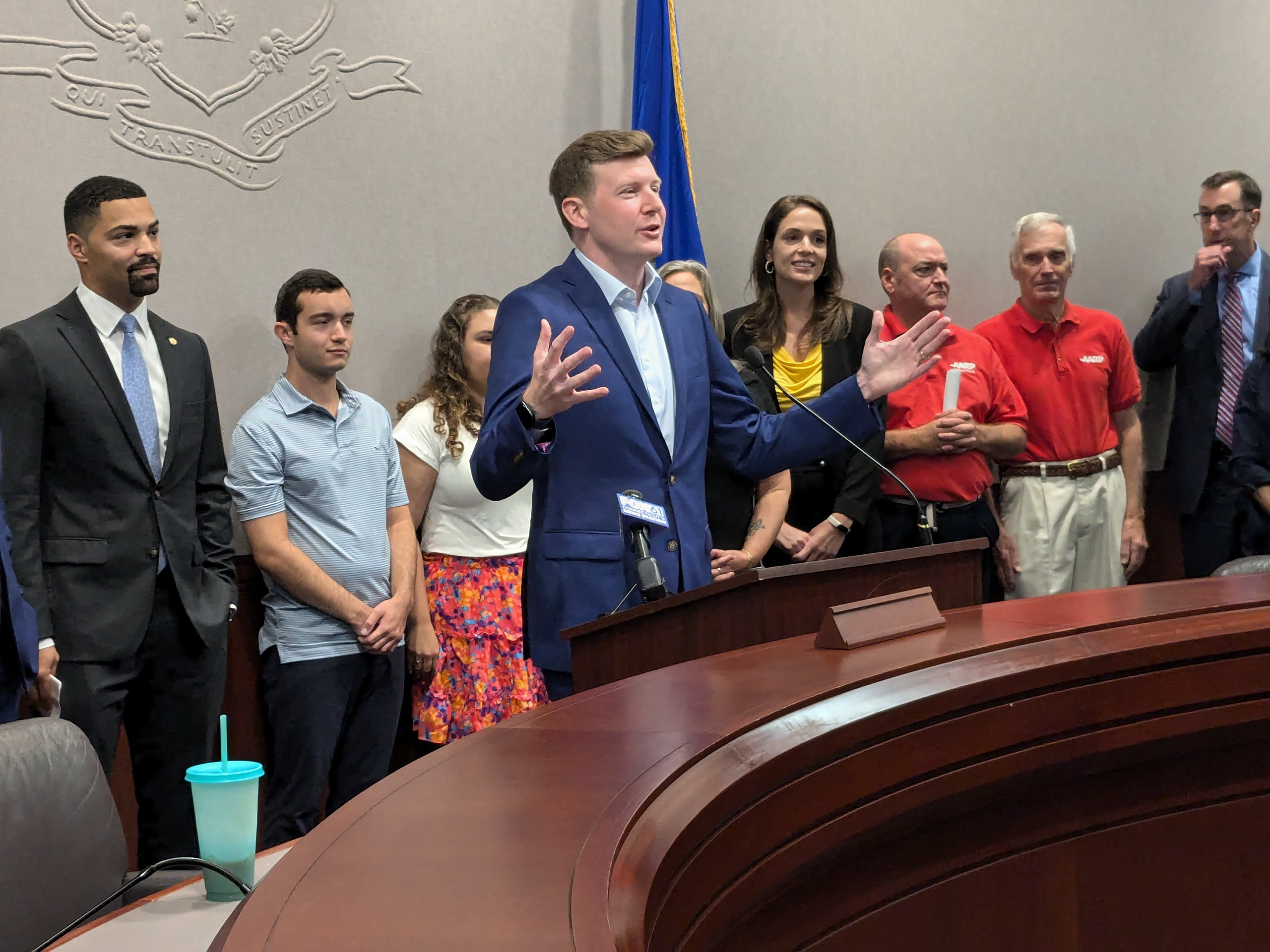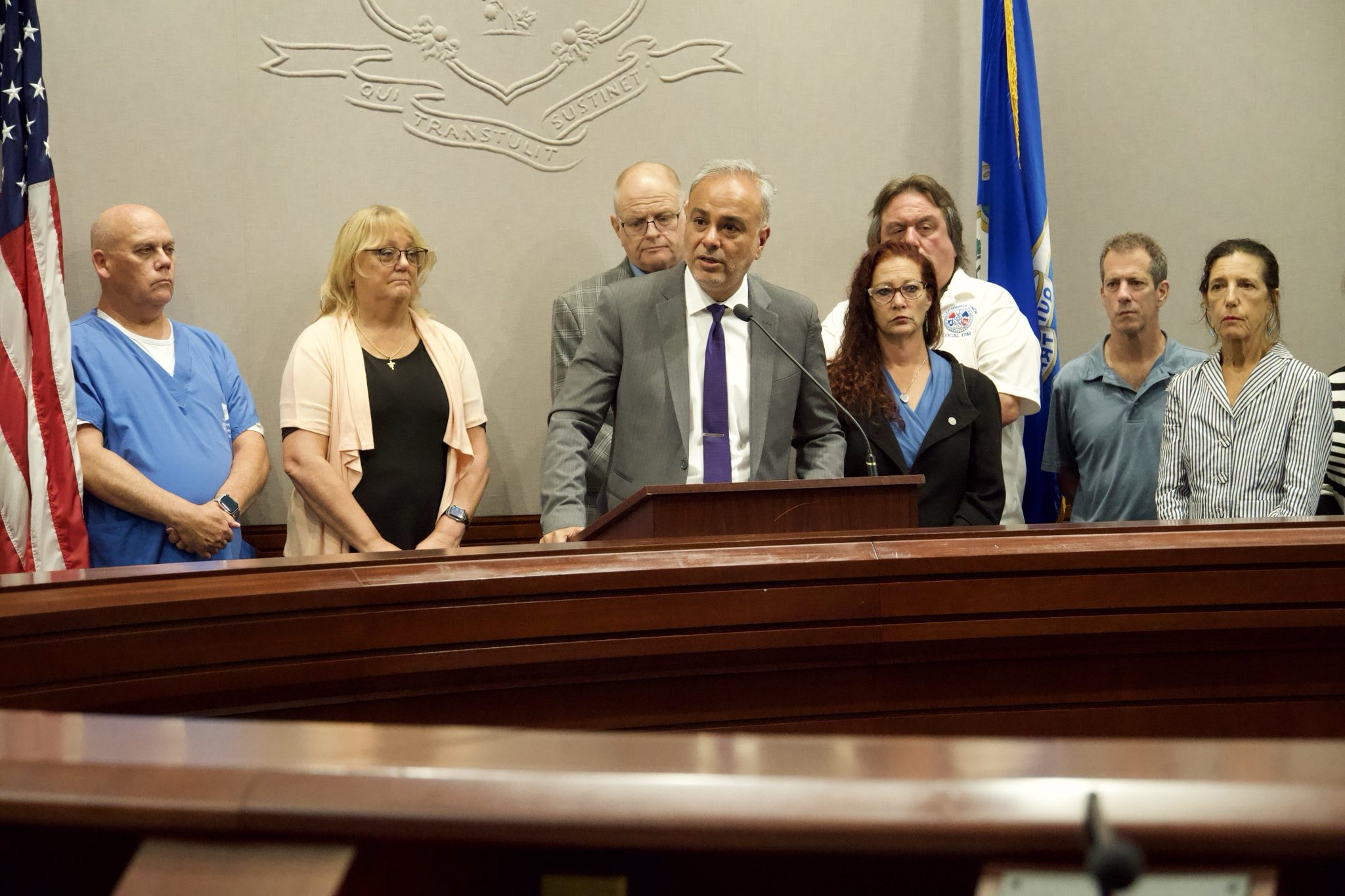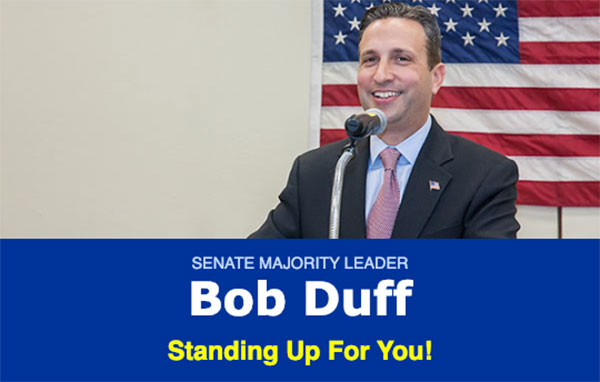Connecticut’s Financial Education Celebrated on National Financial Awareness Day

State and education officials highlighted the importance of a new law adding financial literacy instruction to high school graduation requirements as part of a Wednesday press conference marking National Financial Awareness Day.
The press conference, held in the Legislative Office Building, served to raise awareness of the benefits of financial planning and to alert Connecticut residents to available assistance programs. During the event, State Comptroller Sean Scanlon spoke of the importance of financial literacy.
“What we know is that if we start early, if we get people to have financial awareness at an early age, we really can make a difference in their life and not just in their life but in the trajectory of their family because if we can stop that generational illiteracy when it comes to finances and make [them] more aware, that is going to dramatically change that family’s future,” Scanlon said.
The focus on improving financial literacy coincides with a new statute, meant to ensure that Connecticut students are equipped with financial skills before leaving high school. Last year, the state legislature passed a requirement that high school students receive at least a half-credit of personal financial management prior to graduation.
The financial literacy law received bipartisan support in the legislature and was passed nearly unanimously in the state Senate, where only Sen. Rob Sampson, R-Wolcott, opposed it.
On Wednesday, state Rep. Jeff Currey, an East Hartford Democrat who co-chairs the legislature’s Education Committee, said Connecticut students entering their sophomore year in high school would be the first class to graduate under the new requirement.
Barbara Angelicola-Manzolli, a teacher at Lewis Mills High School and longtime advocate of making personal finance a graduation requirement, said the law made Connecticut the 21st state to adopt a similar standard.
“We have to teach [students] to save at a young age,” Angelicola-Manzolli said. “So what these gentlemen are doing by encouraging families and encouraging students to start saving at a young age — that’s the first key.”
Avery Rhinesmith, an incoming senior at Lewis Mills, was one of the students who received financial instruction from Angelicola-Manzolli. Rhinesmith discussed the important considerations she took from the class including saving money, planning for a career, and planning for later stages of life.
“Barbara also went over how to do our taxes, which is something, as a 17-16 year-old, not many kids know how to do,” she said. “I know that there’s a long form and a short form and how to fill both out.”
Throughout the press conference, Scanlon and State Treasurer Erick Russell sought to raise awareness of financial planning programs like MyCTSavings, a state-run retirement savings plan, the Connecticut Higher Education Trust, as well as Connecticut’s Baby Bonds program.
However, Russell said that residents needed a strong foundation to make the best of those programs.
“As we think about all the opportunities and programs that are out there in Connecticut, they only work if folks have the financial education to really maximize those opportunities,” Russell said.
Posted by Hugh McQuaid









